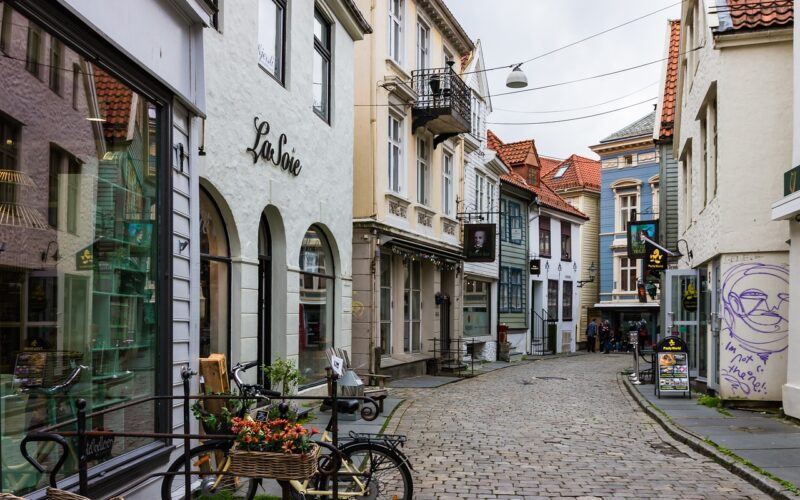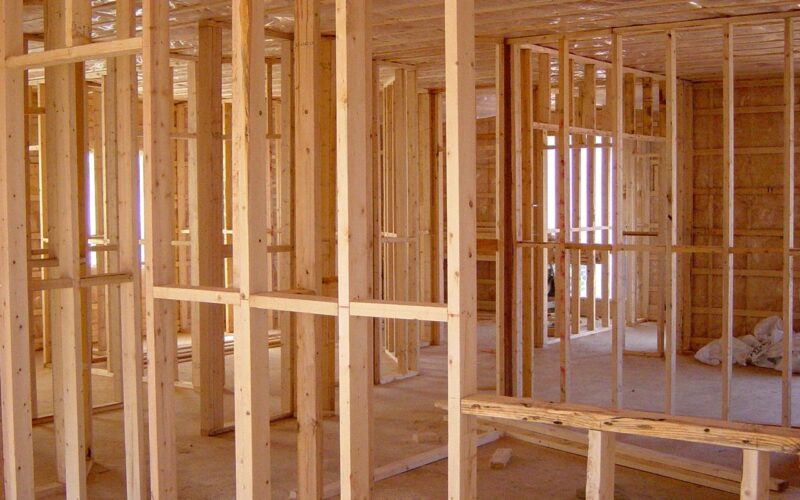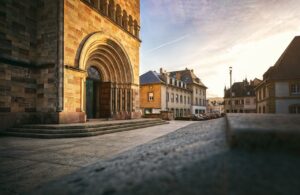Creating a new neighbourhood is a complex task that involves not just construction, but also a deep understanding of what makes a community thrive. From the design of public spaces to the provision of essential services, every aspect must be considered to build a place where people can live comfortably and happily.
Laying the foundation for the future
A master plan serves as the blueprint for neighbourhood development. It outlines the allocation of residential, commercial, and public spaces, ensuring that the future community is not only functional but also sustainable. The master planning process sets the stage for a neighbourhood that balances the needs of its residents with environmental conservation and economic opportunities.
Proper zoning regulations, infrastructural planning, and the integration of green spaces all come under the ambit of the master plan. It’s a forward-looking document that takes into account the expected growth and the specific characteristics of the local population. The goal of the master plan is to create a framework that facilitates community engagement, safety, and a high quality of life for all residents.
Building blocks of a thriving community
Infrastructure goes beyond roads and bridges; it encompasses all the facilities and services that are crucial for daily life. Access to utilities like water, electricity, and internet is just the start. A great neighbourhood offers a network of schools, healthcare facilities, and local businesses that cater to the day-to-day needs of its inhabitants.
The importance of recreational amenities cannot be overstated. Parks, community centres, and sports facilities not only provide places for leisure and socialising but also contribute to the health and well-being of the residents. Well-maintained amenities can become the heart of the neighbourhood, fostering a sense of belonging and community spirit.
Green spaces and environmental sustainability
Green spaces are an integral part of any neighbourhood. They don’t just beautify the area; they serve as vital lungs for the city, improving air quality and providing a habitat for local wildlife. Incorporating large trees, flowerbeds, and communal gardens into the neighbourhood's design is not just aesthetic; it's a commitment to environmental stewardship.
Sustainability should be at the core of neighbourhood development. This means building energy-efficient homes, promoting sustainable transport options like cycling and public transit, and implementing waste reduction and recycling programs. A neighbourhood designed with sustainability in mind not only benefits its present users but also ensures its viability for future generations.
Keeping the community together
For a neighbourhood to truly flourish, it needs to be connected, both internally and to the wider city. This includes well-planned road networks that avoid congestion, as well as paths for pedestrians and cyclists that encourage active modes of transportation. Public transport options should be accessible and efficient, reducing the need for private car use and contributing to a reduction in emissions.
Connectivity also encompasses digital infrastructure, which has become increasingly pivotal in today's world. High-speed internet is no longer a luxury; it’s a necessity for education, business, and personal communication. A new neighbourhood must, therefore, integrate strong digital connectivity from the outset.
Inclusive design: Creating space for everyone
An inclusive neighbourhood is one that caters to people of all ages, backgrounds, and abilities; it’s a place where diversity is not just acknowledged but celebrated. Inclusive design means considering things like wheelchair accessibility, safe play areas for children, and social hubs where the elderly can interact and remain an active part of the community.
Housing solutions should cater to varying income levels, and public spaces must be welcoming to all. Through thoughtful design and policy, a neighbourhood can become a tapestry of cultures and experiences, enriching the lives of those who call it home.
Encouraging community engagement and ownership
Finally, the true vibrancy of any neighbourhood comes from the people who live in it. Encouraging community engagement through events, local initiatives, and participatory governance can cultivate a strong sense of ownership among residents. When people feel they have a stake in their community, they are more likely to contribute positively to its upkeep and spirit.
Fostering community engagement means creating opportunities for residents to have a voice in neighbourhood affairs. Regular town hall meetings, community-led projects, and transparent dialogue with local authorities are vital for fostering an engaged and committed populace. The sense of ownership and shared responsibility is what turns a group of houses into a vibrant neighbourhood.
Building a new neighbourhood is akin to painting on a vast, blank canvas. With each stroke, planners, architects, and, most importantly, the residents contribute to a collective masterpiece. By ensuring the foundations of sustainability, inclusivity, and community are robust from the start, we can build neighbourhoods that not only house bodies but also support souls.




















